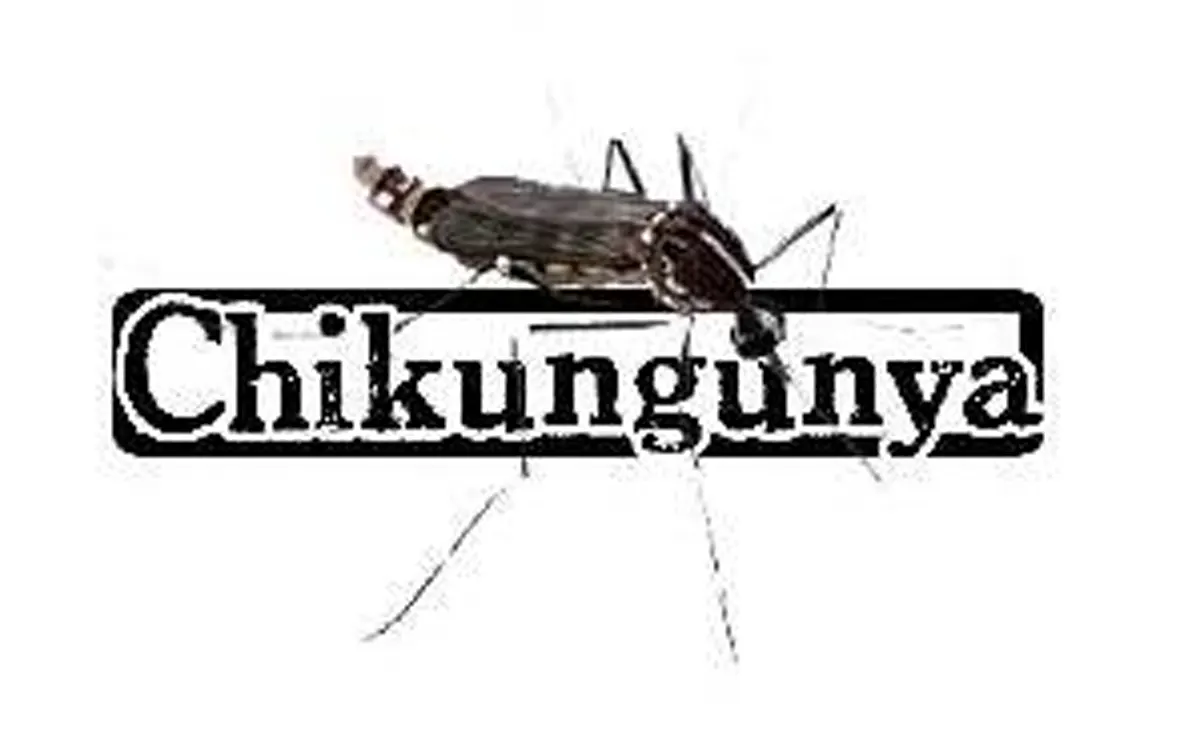Chikungunya is an alpha viral infection which generally occurs in epidemics. The term Chikungunya is SWAHILI derived from KUNGUN’\ALA meaning to become contorted or more specifically as that which bends up. This refers to the stooped posture of patients afflicted by severe joint pains which accompany the disease.
Aetiology
Chikungunya virus (CHIKV) is an alpha virus of the family Togaviridae and is responsible for the disease. It is transmitted by the bite of Aedes mosquito (sps. Aegypti) and this is the same vector for dengue fever.
Due to mutation of the virus it is also being transmitted by Aedes albopictus (Tiger Mosquito) mosquito. Aedes Aegypti breeds in stagnant household water and surrounding garbage dumps. It is an aggressive day time biter.
Epidemiology
The first case was described in Tanzania, Africa in 1952. Subsequently cases were reported from Indian ocean islands of Reunion. Mayotte, Malaysia, Hong Kong, Mauritius, Seychelles, Madgascar and the Maldives. Some European countries like France, Germany, Italy, Norway and Switzerland have also reported cases.

In India the earliest epidemics were reported from Kolkata in 1963, in 1965 from Tamil Nadu, Andhra Pradesh and in 1973 from Barsi in Maharashtra. Subsequently there have been wide scale epidemics in Tamil Nadu, Karnataka, Andhra Pradesh, Orissa, Madhya Pradesh. Gujarat and Rajasthan. Occasional cases are now seen in north India.
Earlier on the outbreaks used to be localized and died down faster because the Asian Strain of virus used to be weak. Because of genetic sequence change which alters the virus coat protein, it multiplies more rapidly in the mosquito cells, infects faster and causes a high number of cases. That is why a more pathogenic picture is being seen.
Clinical features
The incubation period is between 2-12 days. Onset is acute with rapid rise in temperature. Fever is associated with rigors, chills and Myalgia. Pain in joints is often severe and involves big joints like Knee, ankle, shoulders and small ones like wrists and inters phalangeal joints. There is conjunctival suffusion and photophobia.
A maculo papular rash may appear on exposed areas of the body at any time during the course of fever. It generally involves the limbs and trunk. Petechiae may be seen but hemorrhages are rare.
Mild lymphadenopathy in axilla and inguinal regions may be seen. Fever continues for a few days and after patient has been afebrile for 1 to 3 days, another bout of temperature occurs. Joint pains are the most distressing symptom and may continue for weeks to months even after the patients temperature has come down to normal.
Clinical picture resembles dengue fever. In some cases, intense headache, insomnia, and an extreme degree of prostration with hemorrhages may develop.
Diagnosis
It is based on typical clinical picture of fever and arthralgia. Diagnosis is confirmed by the following tests;
1. Complete haemogram. A normal or decreased leucocyte count.
2. Detection of antigen and antibodies in blood by serology by ELISA test.
3. Mrus specific 1gM antibodies are detected by capture ELISA in patients recovering from Chikungunya virus infection while detection of virus specific IgG antibodies signifies past infection.
4. Haemagglutination inhibition antibodies appear at the cessation of viremia. All patients will be positive by day 5-7 of illness. Glycoprotein El which is a constituent of CHIKV is responsible for the haemagglutination activity.
5. Increased levels of AST (Aspartate amino transferase) and CRP (C-reactive proteins).
Treatment of Chikungunya
Chikungunya is a self limiting disease. There are no specific drugs or vaccines against it. Treatment is symptomatic; Rest, fluids and drugs are the line of approach. Drugs like paracetamol/ibuprofen or acetaminophen are used to reduce symptoms.
Aspirin should be avoided because of risk of Reye’s syndrome. One attack generally confers immunity and no second attack occurs. Prognosis in an uncomplicated case is good. Patients with Hemorrhagic fever syndrome shall require energetic treatment as in cases of dengue hemorrhagic fever.
Prevention
It is important to prevent breeding of mosquitoes. Aedes mosquitoes breed in stagnant water collections in and around house, so all water tanks and containers should be closed with tight containers.
Water coolers, cisterns, overhead tanks, flower vases, tyres and tubes should be drained of water and dried. Full-sleeved clothing to cover the body be used. Mosquito nets be used at night. Insect repellents while sleeping are useful. Prevention from the disease is important.